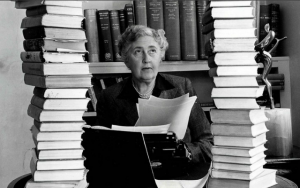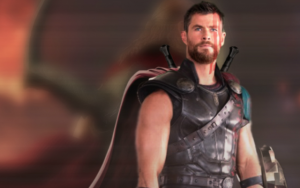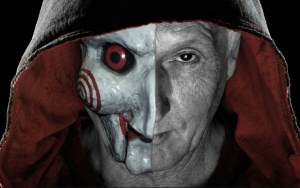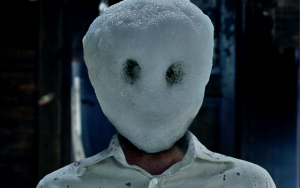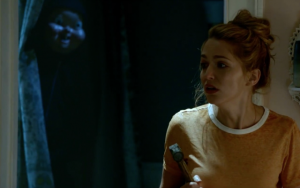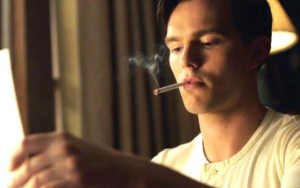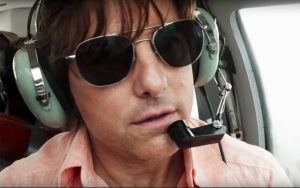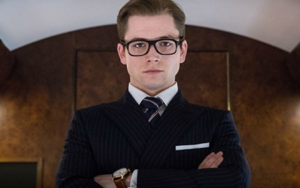Metro In Focus: From Adam West to Ben Affleck, the suit makes the (Bat)man.
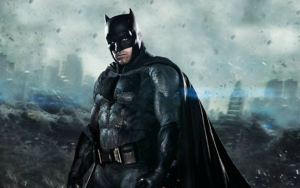 By Richard Crouse – Metro In Focus
By Richard Crouse – Metro In Focus
Let’s face it, without the batsuit Bruce Wayne is just another billionaire playboy with some cool toys. With it, he’s the Caped Crusader, keeping Gotham and the world safe. The clothes make the man, or in this case, the superhero.
To play the Dark Knight in the new Justice League movie, Ben Affleck wore a variation on his Batman v Superman costume which was a variation on every batsuit that came before it.
Designed to conceal his identity and frighten criminals, the basic batsuit is usually blue-black or dark grey, emblazoned with the chest-mounted Batsymbol. Add to that a flowing cape, finned gloves and a utility belt with a variety of crime fighting gadgets. All batsuits are topped off with a cowl with ears that mimic a bat’s head.
Costume designer Michael Wilkinson says Affleck’s new look is, “a little more aggressive.” To pump up the suit’s armour, Wilkinson drew on Bruce Wayne’s history of studying martial arts in Japan, creating new gloves based on samurai designs. Inspired by the Wayne Tech esthetic, he also revamped the cowl, adding in new ways for Batman to communicate with his trusty manservant Alfred.
Like Rick Blaine’s fedora or Annie Hall’s wide trousers, long white shirts, vests and men’s ties, the suit is crucial to Batman’s brand but it’s not always a comfortable fit.
“The first time I ever put on the (suit) myself I thought, ‘Oh, Chris (Nolan) has to re-do the cast,’” says Christian Bale, who played the Caped Crusader in three movies, “because the claustrophobia was just unbelievable.”
The Batman Begins actor says he discovered a meditative process that eased the anxiety of feeling trapped inside the hulking suit and estimates that he spent a total of 21 months encased in Batman’s armour.
He claims the discomfort actually helped him play the brooding character because he was always in a foul mood when he had to don the suit.
“Batman, he’s this very, very dark, messed-up character,” said Bale. “I found when I put on the suit I went, ‘I just feel like a bloody idiot if I don’t use this as a means to (show) his true, monstrous self that he allows to come out in that moment.’”
When Affleck took over the role from Bale he says the Welsh actor gave him one important bit of advice. “He told me to make sure I got a zipper in the suit,” Affleck laughs, “which was valuable, practical advice as it turned out.”
Perhaps the most beloved actor to wear the batsuit was the late Adam West. For 120 episodes from 1966 to 1968, West was Batman on the most popular show on television. He called putting on the suit one of his most memorable moments on the show.
“One defining moment was when I first put on the costume for real and was about to leave my trailer on the stage and walk out in front of the crew and the press, and into the light,” he told me in a 2010 interview.
“I thought, ‘Oh Lord! Are they going to laugh? What’s going to happen here?’ Well, I walked across the stage as dignified as I could and there wasn’t a sound. People stood there in awe and I thought, ‘Yes, this will work.’”
